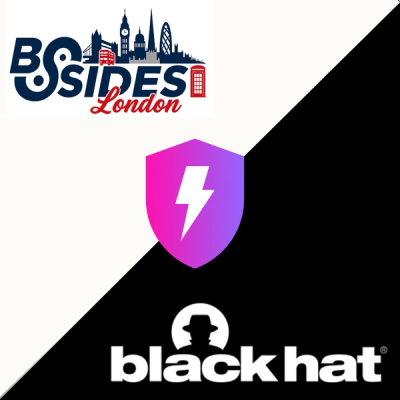
Security News
Meet Socket at Black Hat Europe and BSides London 2025
Socket is heading to London! Stop by our booth or schedule a meeting to see what we've been working on.
@blockware/blockctl-command-registry
Advanced tools
Enabled pushing, cloning, and pull image from blockware registry
The registry command automatically calculates the next semantic version whenever you push. This is done by comparing the block versions and the logic is as follows:
If you disable auto-versioning (```--auto-versioning false``) the command will still verify your version and perform the following checks:
The registry command has its own registry file in ~/.blockctl/registry.yml. The configuration
determines what blockware and docker registry to use.
Example configuration can be seen below:
registry:
url: https://registry.blockware.com
organisationId: my-company
docker:
registry: my-private-docker-repo.com
The above configuration will result in all docker images being prefixed with my-private-docker-repo.com/my-company/.
E.g. for a block named users the docker image would be named my-private-docker-repo.com/my-company/users.
To use the default docker registry (DockerHub) omit the docker registry configuration:
registry:
url: https://registry.blockware.com
organisationId: my-company
organisationId is used as part of the naming for docker images - this should be equivalent to your
DockerHub organisation name.
FAQs
Push and pull from Blockware registry
We found that @blockware/blockctl-command-registry demonstrated a not healthy version release cadence and project activity because the last version was released a year ago. It has 1 open source maintainer collaborating on the project.
Did you know?

Socket for GitHub automatically highlights issues in each pull request and monitors the health of all your open source dependencies. Discover the contents of your packages and block harmful activity before you install or update your dependencies.

Security News
Socket is heading to London! Stop by our booth or schedule a meeting to see what we've been working on.

Security News
OWASP’s 2025 Top 10 introduces Software Supply Chain Failures as a new category, reflecting rising concern over dependency and build system risks.

Research
/Security News
Socket researchers discovered nine malicious NuGet packages that use time-delayed payloads to crash applications and corrupt industrial control systems.